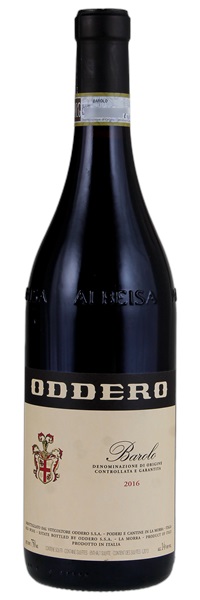
The wine is linear and tight, precise and focused, showing vivid fruit, wild berry, rose hip, aniseed and grilled herb. These aromas are delivered with carefully intensity, in which you can make out each characteristic and no one element is masked or covered.
This red combines cherry, menthol, tobacco and sweet spice flavors with a viscous texture. A dense framework of tannins provides support as this winds down on the finish.
Camphor, rose and dark-spice aromas emerge in the glass. On the precise, racy palate, taut close-grained tannins firmly support pomegranate, sour cherry and licorice while vibrant acidity lends balance.
A perfect amalgam of perfumed, sweet cherry and herb liqueur with saline hints and a touch of oak... Succulent cherry, which ends on sour-cherry notes. Firm, finely grained bitter-sweet tannins.